Managed Detection and Response is a security service that offers continuous monitoring, threat detection, and incident response. By leveraging advanced technologies and expert insights, MDR aims to identify and mitigate threats, providing peace of mind for businesses.
MDR provides comprehensive security by combining human expertise with automated threat detection. Designed for organizations seeking proactive cybersecurity measures, it focuses on real-time analysis and threat intelligence to identify potential vulnerabilities. This service often involves a dedicated team of specialists who manage and respond to incidents around the clock, utilizing advanced tools to detect complex threats and minimize risks.
What are the critical features of this category?In finance, MDR solutions help protect sensitive client information and financial transactions by ensuring compliance with industry regulations. In healthcare, they safeguard patient data and protect against potential breaches that could compromise personal health information.
Organizations find Managed Detection and Response helpful in strengthening their security posture. By providing advanced threat detection and immediate response, they can focus on core business operations while ensuring data protection and compliance with security standards.
| Product | Market Share (%) |
|---|---|
| CrowdStrike Falcon Complete MDR | 10.3% |
| Huntress Managed EDR | 9.5% |
| Arctic Wolf Managed Detection and Response | 8.4% |
| Other | 71.8% |































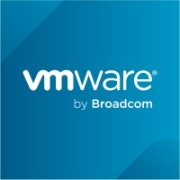






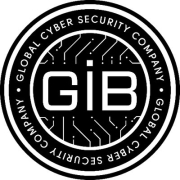



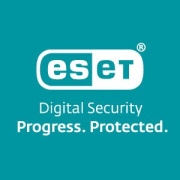
















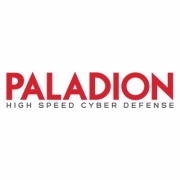

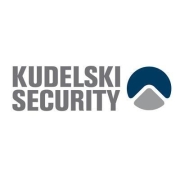







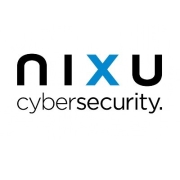



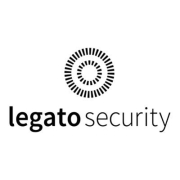














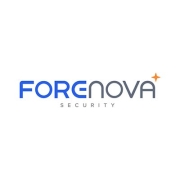























SOC stands for Security Operation Center. Large enterprises and corporate infrastructures tend to have a SOC separate from its regular IT departments. SOCs may use different tools and techniques for threat-monitoring, incident qualification, and response.
SOC teams work from a physical location. These teams consist of security analysts, security information and event management (SIEM) experts, and endpoint detection experts.
There are also managed SOC options, known as SOC-as-a-Service. In this case, you can receive all SOC functions as a service. This includes the technology stack and the cybersecurity team. Typically, SOC-as-a-Service offerings will include MDR detection and response services.
While MDR functions can be offered integrated with a SOC, they can also be offered separately, as part of the SOC technology stack. This ensures that companies can keep the MDR’s advanced threat-detection, response, and remediation capabilities. Since MDR doesn’t usually include SIEM capabilities, integrating an MDR to the SOC technology stack provides an added layer of protection.
Endpoint Detection and Response (EDR) software monitors endpoint devices (such as desktop computers, tablets, and mobile phones) to detect indicators of compromise and malicious activity. EDR software uses behavioral analysis to detect abnormal activity in the monitored terminals. This allows the system to detect if there is an attack in process. Vendors offer these solutions as stand-alone packages or as managed solutions.
EDR systems work via a software agent installed at the endpoint. This agent collects and sends information to the central EDR database for analysis. When you buy a managed EDR solution, a cybersecurity team analyzes the data collected by the EDR agents, sifting through alerts and potentially stopping threats.
Managed detection and response (MDR) solutions go a step further, by not only detecting malicious activity but also eliminating and mitigating threats. Many MDR solutions will include EDR features in their offering. MDR, as a managed offer, also includes a team of analysts and cybersecurity experts that monitor, detect, and respond in a timely manner to threats. The human component makes it easier to eliminate false positives and therefore to identify real security threats.
Getting an alert of an attack in progress is not enough. MDR services offer a key response and remediation feature. That means once the monitoring tool detects an attack, it is stopped by automated response methods. The analysts then go through the remediation process, saving data and preventing further damage.
MDR solutions strengthen your cybersecurity posture by offering continuous monitoring, threat detection, and incident response. They utilize advanced analytics and artificial intelligence to identify potential threats, providing your organization with timely alerts and expert recommendations. By proactively defending against cyber threats, MDR services help you prevent data breaches and minimize the impact of cyber incidents.
What are the key features to look for in an MDR provider?When selecting an MDR provider, consider features such as 24/7 monitoring, advanced threat detection capabilities, incident response expertise, and threat intelligence integration. Look for a provider with proven experience, a strong customer support system, and the ability to integrate with your existing IT infrastructure. These features ensure a comprehensive and efficient approach to managing your cybersecurity needs.
How do MDR services integrate with existing security tools?MDR services are designed to seamlessly integrate with your existing security tools, such as SIEM systems, firewalls, and endpoint protection platforms. They complement these tools by enhancing their threat detection capabilities with advanced analytics and machine learning. This integration allows for a more cohesive security strategy, providing you with a comprehensive view of your organization's security status.
What is the role of AI and machine learning in MDR solutions?AI and machine learning play a crucial role in MDR solutions by automating threat detection and response processes. They analyze large volumes of data to identify patterns and anomalies that may indicate a security threat. This allows for faster detection and response times, reducing the risk of data breaches. These technologies also continuously learn and improve, adapting to new threat vectors over time.
Why is 24/7 monitoring important in MDR services?24/7 monitoring is essential in MDR services as cyber threats can occur at any time, often when least expected. Continuous monitoring ensures real-time threat detection and response, significantly reducing the window of opportunity for attackers. It provides peace of mind knowing that your organization's networks are under constant surveillance, protecting sensitive data and critical systems from potential attacks around the clock.